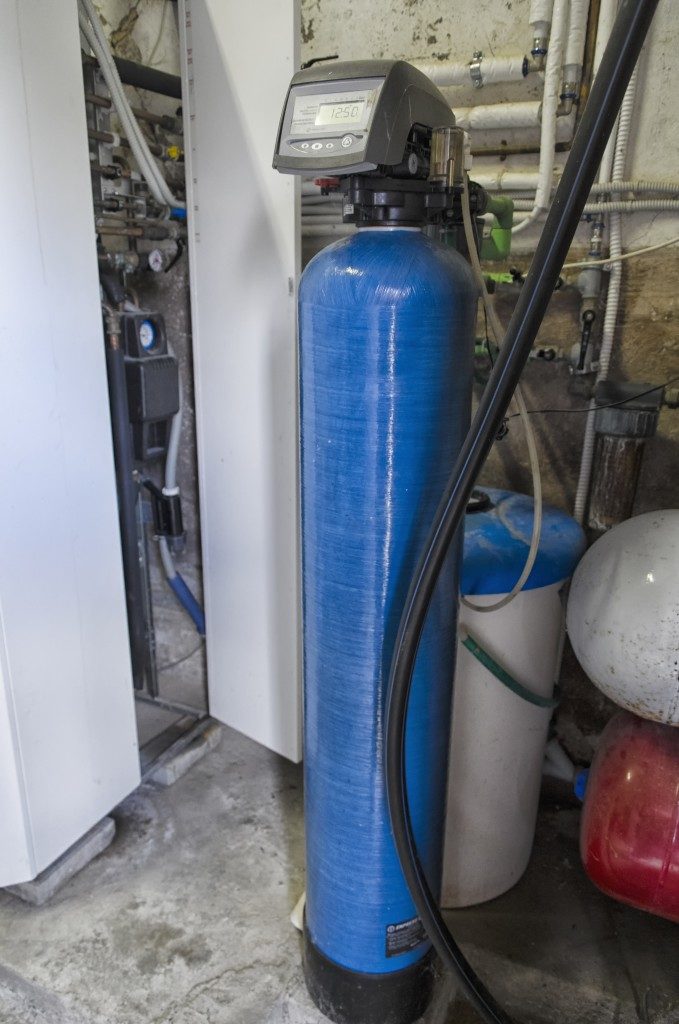Those with a water softener should learn to rectify any problem hindering its efficiency. You probably have a water softener in your house because you live in a neighborhood with hard water; it is an essential piece of equipment. Like any equipment, things can go awry with a water-softening machine, and there is a need for a water softener repair in Salt Lake City.
However, learning to troubleshoot the common problems with a water softener can help fix it and restore it as quickly as possible. The resin bed and brine tank are the common parts of a water softener that often develop problems. However, everything from installation to repair is easy and less expensive with the right procedure.
You might need to turn the water softener off before you start to inspect its condition. Firstly, trace the pipe that connects the water softener to the plumbing system. While turning the lever, make sure that it points to the opposite direction of the water softener before turning the unit off.
Excess Salt
This is a common problem with water-softening units. You can check salt levels in the tank, but experts recommend doing so regularly as part of your maintenance schedule. Salt is put in the brine tank to help take elements such as magnesium and calcium from the hard water. For efficiency, use either rock salt or solar salt, or evaporate salt in the brine tank. However, don’t let the salt level to exceed 2/3 of the tank. Adding too much salt to the brine tank can result in the formation of a dome, which can compromise the efficiency of the water softener. However, when this happens, use any technique to remove the salt from the brine tank. Use a broom to break up the salt dome before clearing it out. After that, use a dry or wet cloth to take out all the sediment and clean the brine tank with water and soap and let it dry up before rinsing it.
Injector
A clogged injector can cause a lot of problems to the water softener. You might need to put a softening machine to a manual regeneration before unclogging its injector to remove any sediment from the brine tank. You might also need to clean the screen thoroughly to clear out any sediment that might have formed there as it can cause more problems to the water softener.

Resin Bed
The heart of a water softener is the resin bed, and it’s often the source of most problems in the unit. Materials from the salt often build up in the resin bed, making it inefficient. Iron, manganese, and silt are the main culprits, but thorough cleaning is enough to get rid of them.
The best way to test whether a water softener is at its best is to measure the hardness of water. After testing, use a test kit or send a sample of the water to a lab for analysis. After that, follow the appropriate procedures for unclogging and cleaning the water softener to make sure that it operates at its highest efficiency level.

